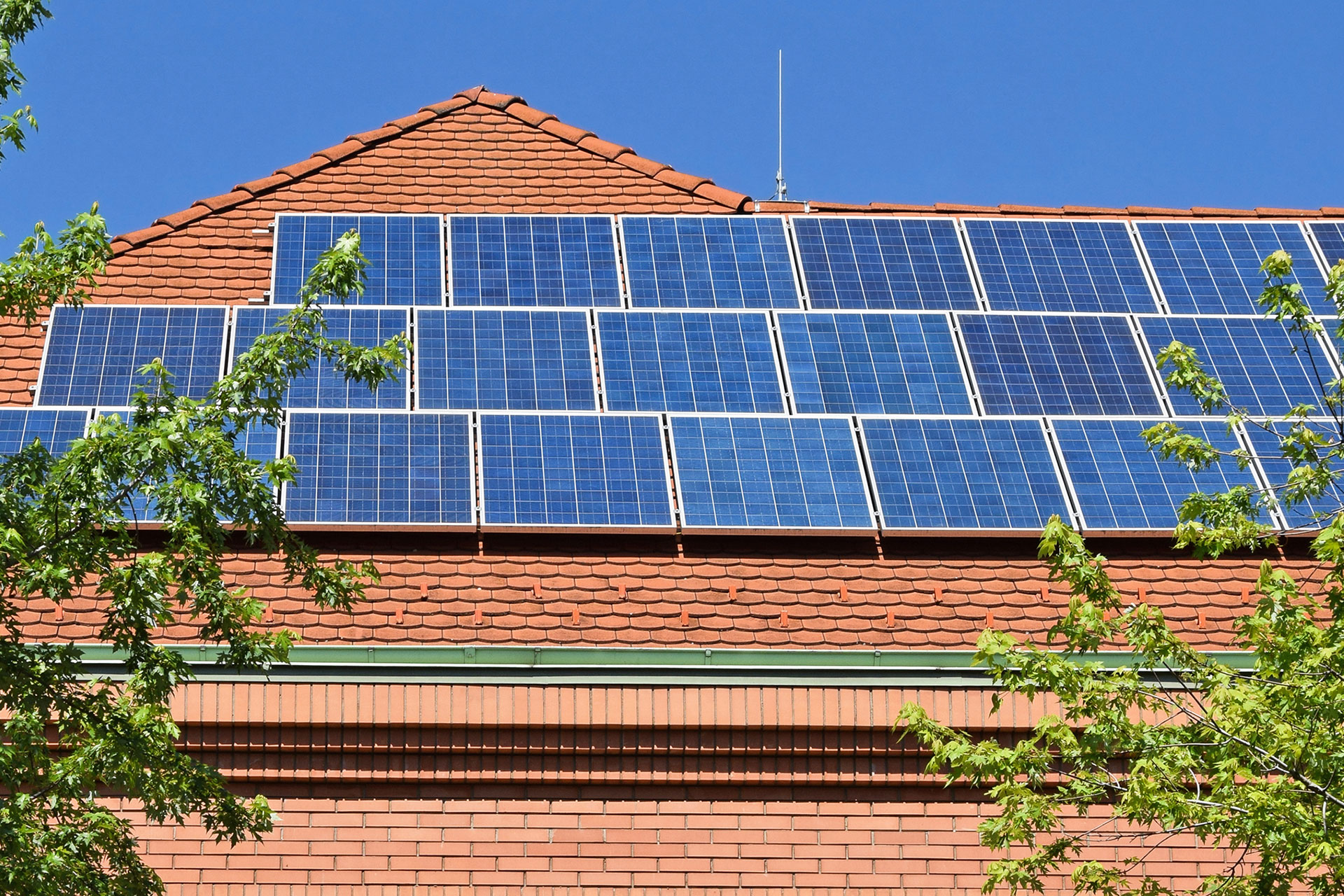Sustainable building practices are becoming essential in all sectors, including education.
Modifying education buildings to be more sustainable reduces their environmental footprint and provides cost savings.
Plus, building educational establishments with enviable environmental characteristics is excellent for inspiring future generations, especially when employing innovative materials and techniques.
Here are the five modifications to consider for building sustainable education buildings:
Energy Efficient Insulation
Proper insulation is key to reducing energy consumption. It keeps buildings warm during the winter and cool during the summer, reducing the need for excessive heating or air conditioning.
Insulating materials such as cellulose, sheep’s wool, or rigid polystyrene are environmentally friendly and make effective alternative insulators. Insulation is one of the most important factors for keeping heating bills down.
Solar Power Integration
Harnessing solar power is an excellent addition for any building aiming to boost its sustainability and green energy profile, including educational establishments.
Solar power reduces reliance on non-renewable energy sources and can provide substantial savings on energy bills. Modern solar panels are highly efficient and work in a broad range of weather conditions.
The initial investment of fitting solar panels can be partially or even fully recovered through energy savings and the sale of excess energy back to the grid via schemes such as National Grid: The Feed-in Traffic (FiT) and the Smart Export Guarantee (SEG).
Water Conservation Systems
Schools and educational establishments have considerable water demands. Incorporating water-saving technologies like low-flow faucets, dual-flush toilets, and other water conservation systems can drastically reduce school water usage.
It’s also possible to install innovative rainwater harvesting systems to collect and use rainwater for flushing toilets and irrigation.
Natural Lighting and Ventilation
Maximising natural light reduces dependence on artificial lighting, lowering a building’s overall electricity consumption.
Similarly, promoting natural ventilation through strategically placing windows and vents can decrease the need for air conditioning.
Sustainable Building Materials
When building or renovating educational buildings, it’s sensible to seriously consider using sustainable building materials. They’ve become cheaper and more accessible and are easier to build with than ever. They also look great and boast exceptional insulation properties.
Sustainable building materials include recycled or reclaimed materials and rapidly renewable materials like bamboo.
Summary
Building and renovating schools and other educational establishments to take advantage of sustainable building practices and materials is a top priority.
For more information on creating sustainable education buildings or discussing potential modifications for your educational institution, don’t hesitate to contact the team at Clegg.
We’re committed to promoting sustainable practices in the education sector.
